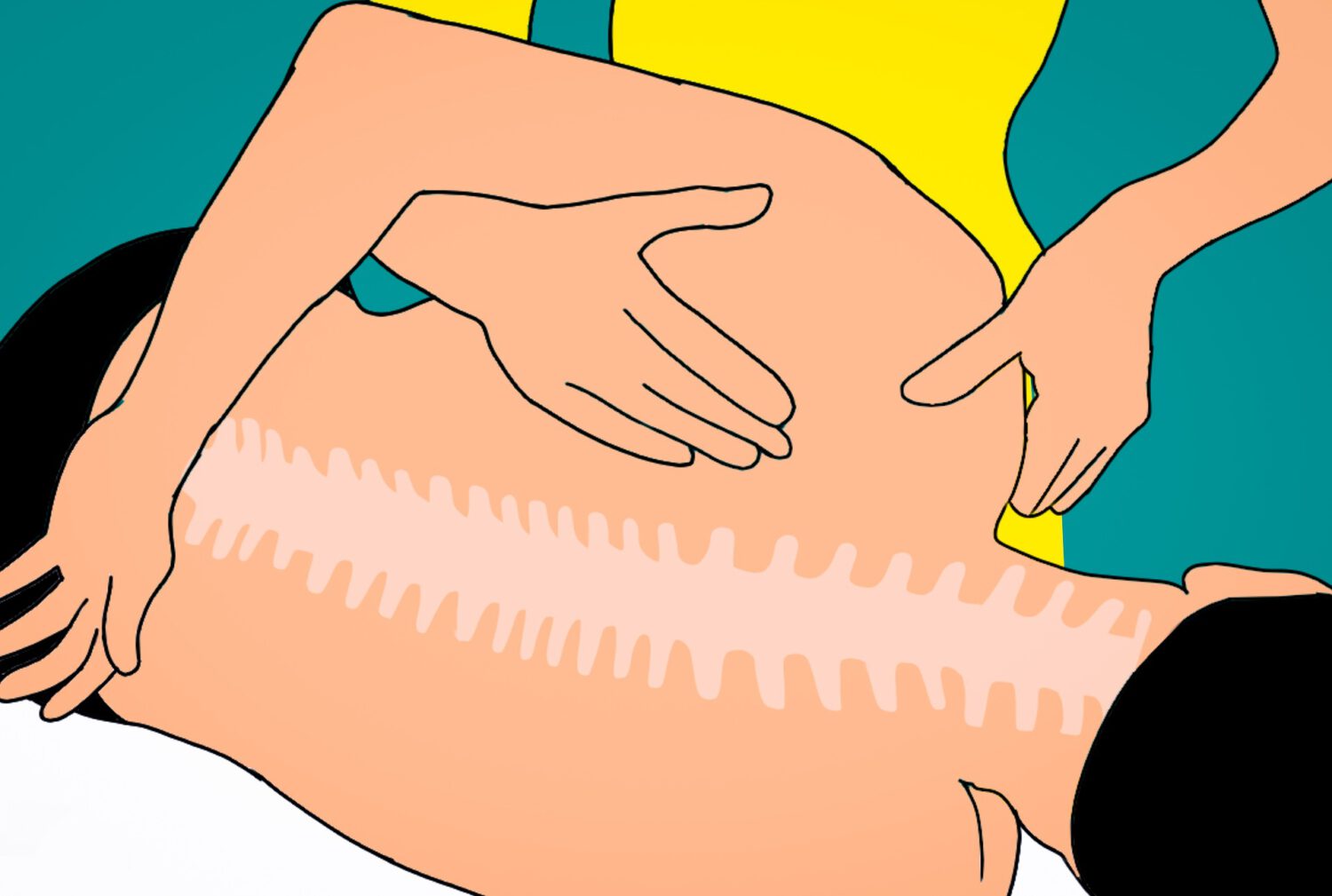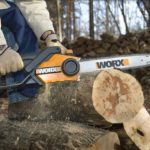When should you contact an orthopedist in Szczecin?
When someone suffers from constant back, foot or joint pain or suspects an injury, they shouldn’t delay seeing a specialist. An orthopedic doctor in Szczecin who specializes in pathologies and injuries of the musculoskeletal system will help you regain and restore your previous mobility. Joint diseases develop gradually and do not cause immediate discomfort.
- https://www.e-uczelnia.edu.pl/co-daje-ozonowanie-i-na-czym-tak-wlasciwie-polega/
- http://www.przezwlasciciela.pl/jak-leczyc-uzaleznienie-od-komputera-u-dzieci/
- https://www.opussoft.com.pl/gdzie-umowic-sie-na-stylizacje-paznokci/
The visit to the orthopedist should not be postponed if the following symptoms are still experienced:
- Pain in the hands, arms, elbows, lower back, feet, knees or pelvis
- Crunch at the joints
- Joint stiffness or swelling
- Joint pain when the weather changes.
You need to make an appointment with an orthopedist in Szczecin if you experience nagging pain: acute, persistent, short-term bones, feet, joints.
What diseases are diagnosed and treated by an orthopedist in Szczecin?
The orthopedist in Szczecin most often encounters the following pathologies:
- Bones and joints deformities
- flat feet
- Heel spur
- Spondylolisthesis (displacement of the vertebrae)
- Clubfoot: Congenital deformity of the foot
- Neck cramps
- kyphosis
- scoliosis
- Osteochondrosis
- Arthrosis
- Bursitis
- Various injuries: dislocations, sprains, fractures and more.
Many of these diseases not only cause pain, but also threaten with dangerous complications.
A visit to the orthopedist’s office in Szczecin
An orthopedist in Szczecin provides patients with diagnostics, treatment and rehabilitation for various pathologies of bones, ligaments, muscles and joints. An experienced specialist uses modern methods of therapy to restore health to patients. During consultations, the doctor develops early recovery programs and monitors the patient’s condition during rehabilitation. The visit should not be postponed as many diseases can progress and cause a lot of inconvenience, partially or completely limiting mobility, causing difficulties in daily activities and disrupting the daily lifestyle.
Visual inspection allows the orthopedist in Szczecin to obtain basic data on the condition of the skeletal and muscular system. On palpation, the specialist also reveals hidden defects (joint swelling, subluxations and dislocations). In addition, during the examination, the localization of pain is detected, the condition of the tissues is determined, the degree of damage is recorded.
Diagnostics of orthopedic diseases includes:
-
-
- Radiography identifies pathologies such as bone loss, aplasia, hyperostosis (excessive bone growth), osteoporosis, joint space expansion or narrowing, etc. Radiography is the most important method of diagnosing injuries such as joint dislocation, subluxation, bone fracture.
- Ultrasound is an examination performed for suspected joint dysplasia, arthritis, arthrosis, bursitis, damage to the ligament apparatus and tendons, joints and to assess the condition of the intervertebral discs.
- Scintigraphy is intended to clarify the diagnosis of unclear bone pain, with suspected fractures, osteomyelitis and other pathologies of the musculoskeletal system.
-
Treatment methods used by an orthopedist in Szczecin
In the treatment of injuries of the knee and other joints, as well as other ailments, the orthopedist prescribes patients:
-
-
- Medicines in the form of tablets, ointments, creams that help relieve pain and reduce the symptoms of inflammatory processes.
- Exercise therapy. This treatment is especially important for injuries to the knee and other areas as it allows you to recover quickly.
- Physiotherapy. It is prescribed mainly at the rehabilitation stage after injuries
-
Dressings, plaster and special orthopedic orthoses are also used. The treatment program is developed individually, taking into account the identified injury or pathology, the patient’s condition. Surgical interventions are performed if conservative treatment is impossible or ineffective. Today, orthopedists have a wide variety of technologies and methods to heal congenital and acquired diseases or to repair damaged areas quickly.
The orthopedist selects effective ways to correct all pathologies, depending on the age of the patient, his individual characteristics and the pathologies detected. Even after major surgical interventions, patients recover quickly and have no serious complications. Popular diagnostic methods also include computer and magnetic resonance imaging, bone biopsy, and other tests. After consultation, the orthopedist may refer the patient for laboratory tests. They are carried out to assess general health, identify inflammation and other pathological processes.








